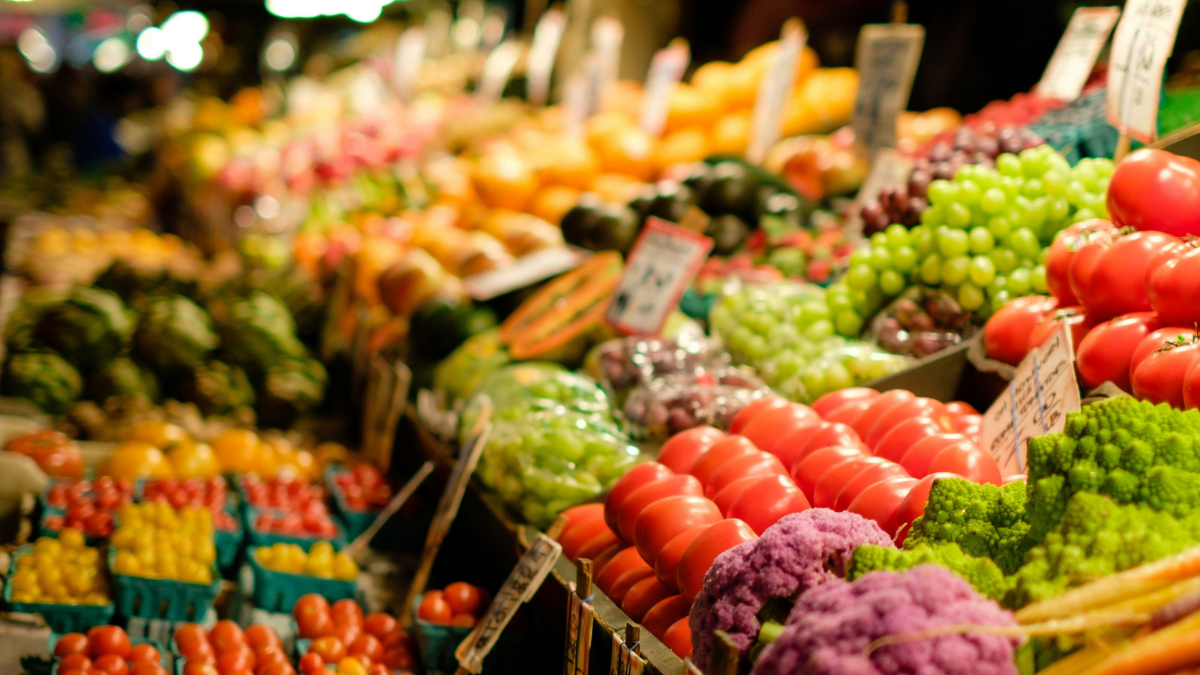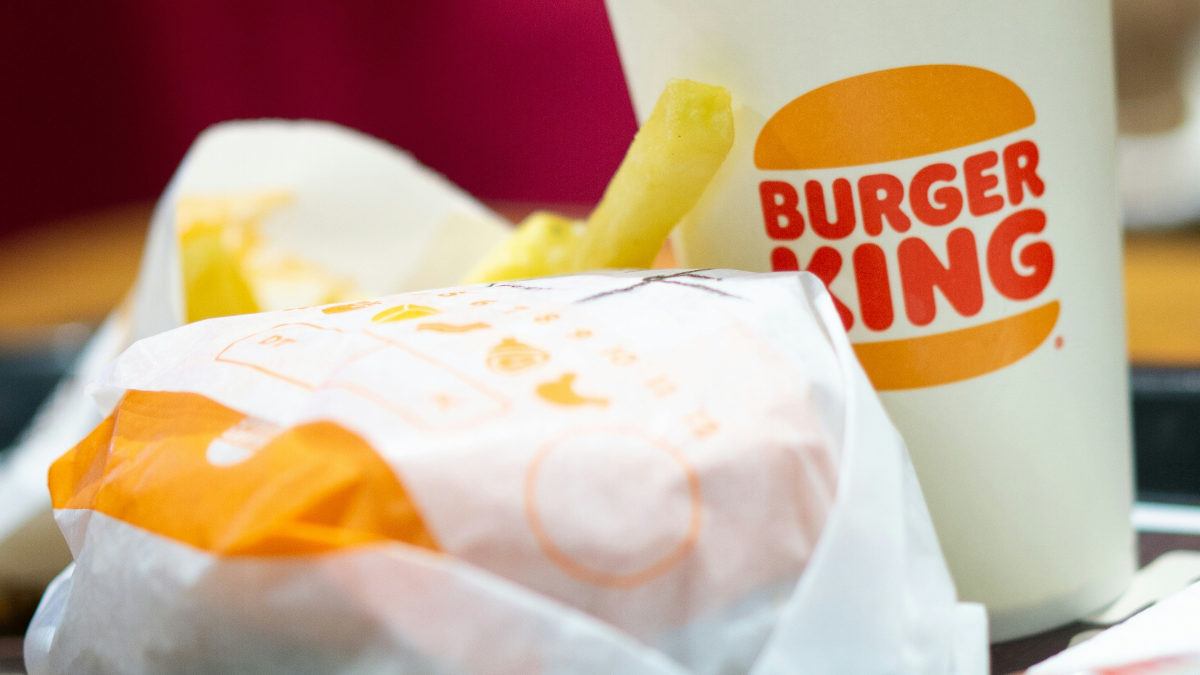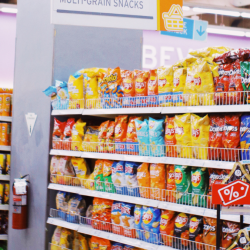The food sector will see a 7.2% increase in ad spend in 2024, well above the average growth rate of 4.6%, according to the latest dentsu Global Ad Spend Forecasts. While food is an essential purchase, brands need to advertise to persuade consumers of the benefits of their products, especially where they are priced at a premium.
Protecting share in a time of inflation
As a result of supply restrictions and energy disruptions caused by global conflicts, food prices have been rising in 2022 and 2023. This has led to many consumers economising, buying less and switching to cheaper and own-label brands. During times like these it becomes necessary for brands to advertise to safeguard their share of sales, despite rising prices. Major brands are also seeing increased competition from newer, local independent brands, with the number of products in many categories rising. It seems easier than ever to manufacture and launch food products, including brands based on personalities and social media influencers, often promoted and sold directly to the public. In some cases, large brands have acquired smaller brands both for their market share and to gain access to data, if the smaller brands have built up customer databases for direct sales. It then becomes incumbent on the larger company to not squash this smaller brand and then resell at a later date, as we have seen with other larger brands and previous DTC brands in recent months in other categories. In today’s dynamic market, both prominent brands and retailers have become more agile in product development. For instance, brands offering seasonal products, not only for major occasions like Christmas but also for smaller events like Halloween and Cinco de Mayo, can capitalise by introducing limited edition variants, thus boosting marketing impact.
The current product development landscape mirrors the expanding global influence on food, evident in the rising popularity of items like stollen and panettone cakes, as well as the incorporation of diverse flavours like sriracha. Brands can stay ahead in the industry by adapting to these evolving trends and consumer preferences.
A back-to-basics approach for food advertisers
This sector also faces several challenges. Health concerns influence both legislation and self-regulation in many parts of the world, including restrictions on when and where advertising can be placed. Food advertisers will be less affected by the removal of third-party cookies than many other categories in 2024 because there are fewer direct relationships with consumers than for many other industries. Nevertheless, data is still very important, particularly in partnership with retailers and other programmatic partners. It is easy for marketers to feel overwhelmed by the range of options available to them, particularly within the digital ecosystem, but the key is to return to basics — know what role you play in people’s lives, make it easy for them to know where to buy the product and make the conversion path as easy as possible.
Advertisers face the dual challenge of connecting with audiences through extensive targeting, encompassing topics, context, behaviours, and generic searches, while also ensuring precise engagement with the right individuals at the optimal moments using aggregated consumer data from various permission-based sources.
Retail media — the ability to advertise within retailer platforms including supermarket websites and apps — is really an evolution of in-store advertising within magazines and display units, yet this can still be very effective. Search within retail platforms can also yield good results because it delivers a much more targeted and interested audience compared to the big search engines. Retailers also make great partners for co-op campaigns where brands and retailers share the cost of the promotion.
As the AV landscape continues to evolve, connected TV is opening new opportunities for food advertisers. These new formats and touchpoints do come with a premium price, but as they can build premium and trust perceptions, as well as increase volume, they should be reviewed and evaluated in comparison to cheaper channels such as social.
A need for authenticity
To continue to command price premiums, advertisers need to maintain and build their brand strength. They should both be authentic and true to their brand’s values, and to understand where they have the permission to play. Consumers are not necessarily looking to food brands to tell them how to live their lives, but obviously these brands can advise on relevant topics like health and wellness. In sum, advertisers need to go back to basics, consolidate their media where it is most likely to have an impact, and avoid being caught in the clutter of the many options available to them.
Advertising spend from food companies will increase in 2024 to ensure that they maintain and grow market share in an increasingly cluttered marketplace.
Download the new dentsu Global Ad Spend Forecasts to stay on top of what is happening in a very dynamic year.
Featured image: Thomas Le / Unsplash



































